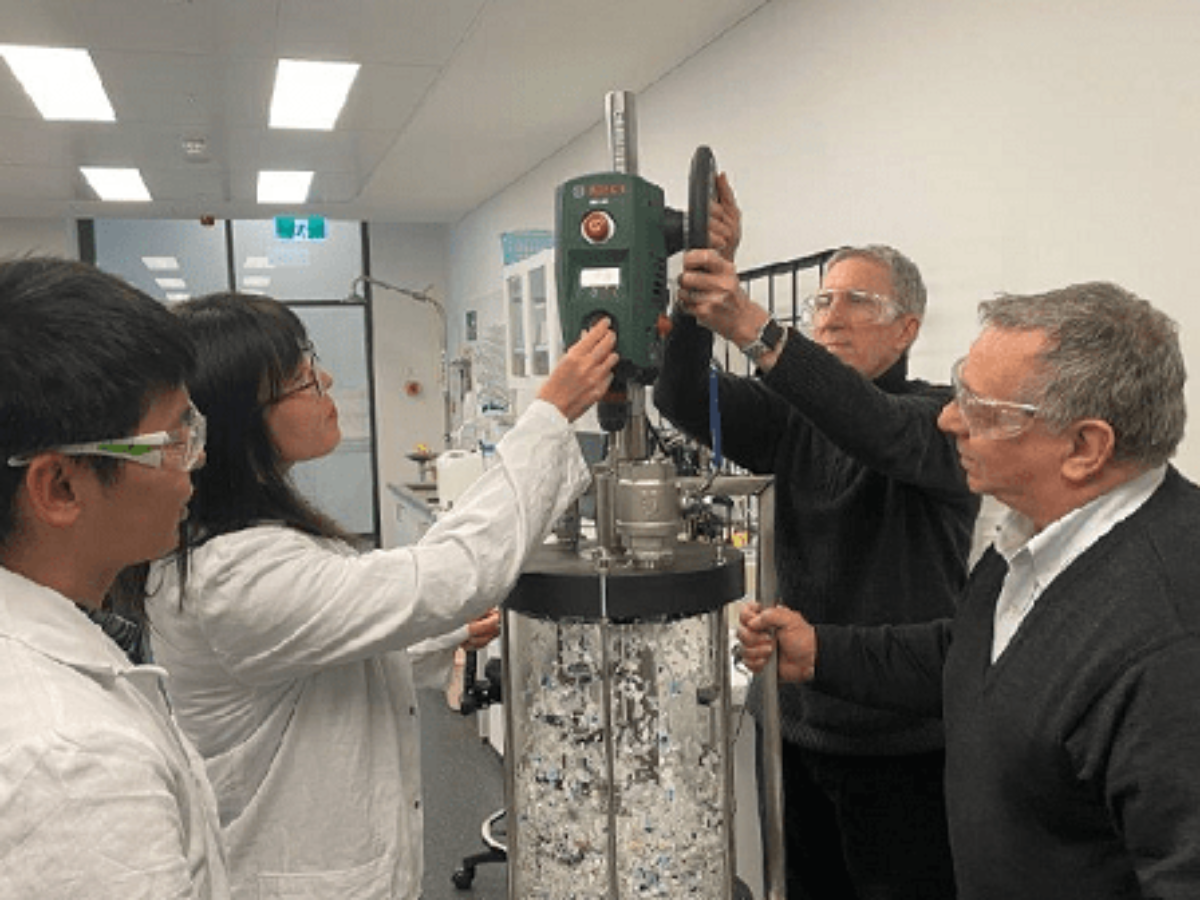A CRC-P is not a mini-CRC

A Cooperative Research Centre and a CRC-P are not the same. Tony Peacock explains how and why they are different.
The 14th round of the Cooperative Research Centres – Projects program was opened by Ed Husic MP last week and closes on 2 March. I got a big reaction for my comments on the new round of CRCs and a few people have asked for comments on the CRC-Ps.
Despite the name, I think it is really important to note just how different a Cooperative Research Centre is from a CRC-P. The CRC program commenced in 1991 and almost from the first review it was noted that perhaps there should be a step-up or step-down phase for the CRCs, which are a major undertaking. “Slatyer Centres” were contemplated as ongoing entities for CRCs that had finished their terms for example.
It wasn’t until the David Miles Review in 2014-2015 during Hon Ian Macfarlane‘s second stint as Industry Minister that the CRC-Ps were born. If memory serves, the Academy of Technology and Engineering proposed the model, with parallels to the UK Knowledge Transfer Partnerships. Round 1 was completed in 2016 and there are two rounds a year.
The first round or two probably favoured CRC-Ps initiated by academics with good links to companies. But companies love these grants and have taken to them very strongly so successful projects since that time are dominated by company-initiated proposals. This is a great thing in my view. Don’t bother submitting a failed ARC Linkage proposal.
CRCs are about an industry, whereas CRC-Ps are much more specifically about the individual companies involved. The outlook is short-term and usually very easy to understand.
Harder to understand are the collaboration and governance arrangements. If a company wants help from researchers in a university or research institute, they tend to ignore the requirement that a CRC-P is a wider collaboration. At least two companies have to be involved and bids that fail on their first try often add a second company at the last minute to fulfil the funding requirements. That’s an appendix company. It’s sitting there, with no one understanding what it really does but the potential to turn the whole thing septic.
People that run companies often don’t get the need for good governance arrangements in a CRC-P. There is no need for a company to be set up like in a CRC. But there is a need to make sure all collaborators are actually contributing; that the project is managed properly and finances are in order.
Even more fundamental in some proposals is to understand what is R&D. Yes, CRC-Ps are short-term, but they are still research-based. Some proposals look like they are seeking a government subsidy for their next phase. This can be especially true of start-ups seeking a CRC-P. The funding is not simply non-diluting capital. That’s not to say CRC-Ps are unsuited to start-ups – they can be extremely valuable and some of the VC funds have helped their portfolio companies achieve them to great success.
Picture: PEGRAS Asia Pacific (credit business.gov.au)
Tony Peacock is Chairman, Wintermute Biomedical, Wintermute Biomedical Australia, Ten Carbon Chemistry and Australasian Pork Research Institute. He was Chief Executive of the Cooperative Research Centres Association from 2010 to 2020.
This article originally appeared on Linkedin. It has been reproduced with permission.
Topics Analysis and Commentary
@aumanufacturing Sections
Analysis and Commentary Awards Defence Manufacturing News Podcast Technology Videos










